Dehydrated Potato flakes are made by drying and mashing cooked potatoes, then processing them into a flaky, lightweight form. These flakes are commonly used as a quick and easy alternative to fresh potatoes in various recipes, offering convenience while retaining much of the nutritional value of potatoes. They are widely used in both household kitchens and the food industry for their versatility.
.


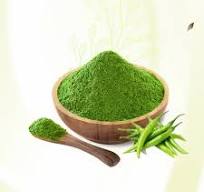

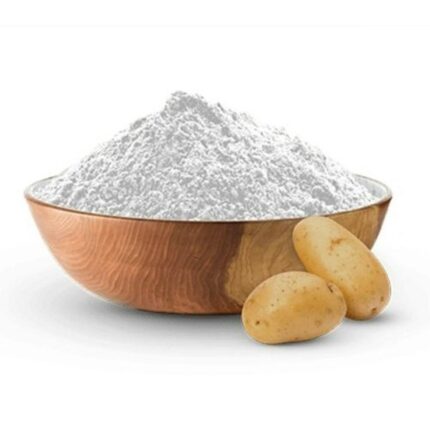


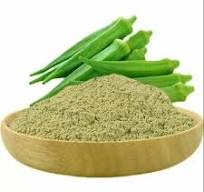
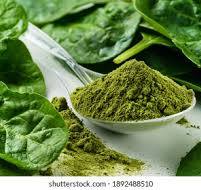
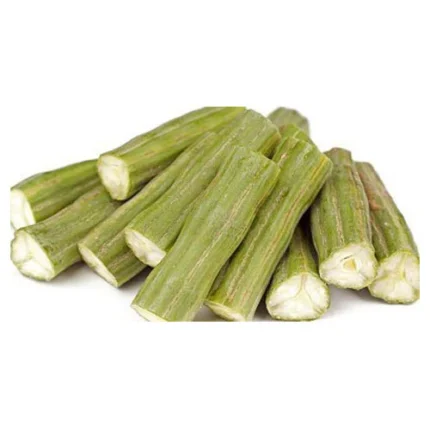
Reviews
There are no reviews yet.